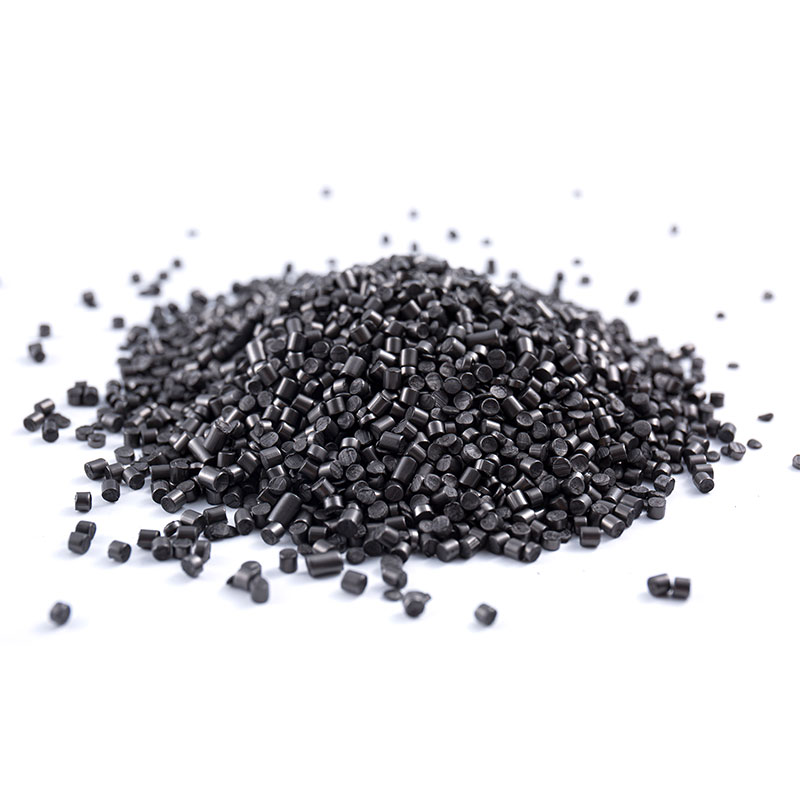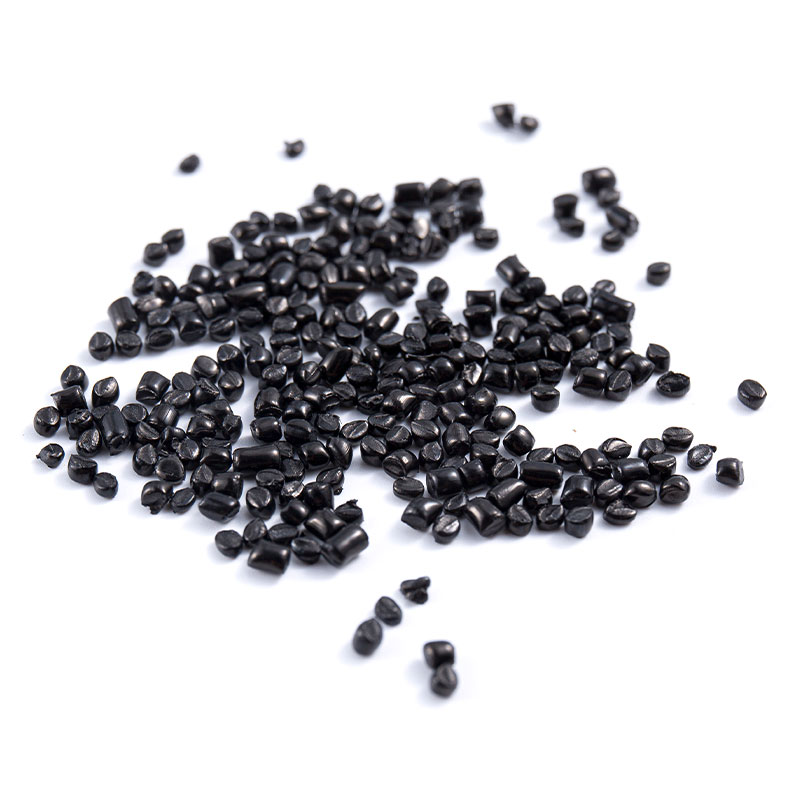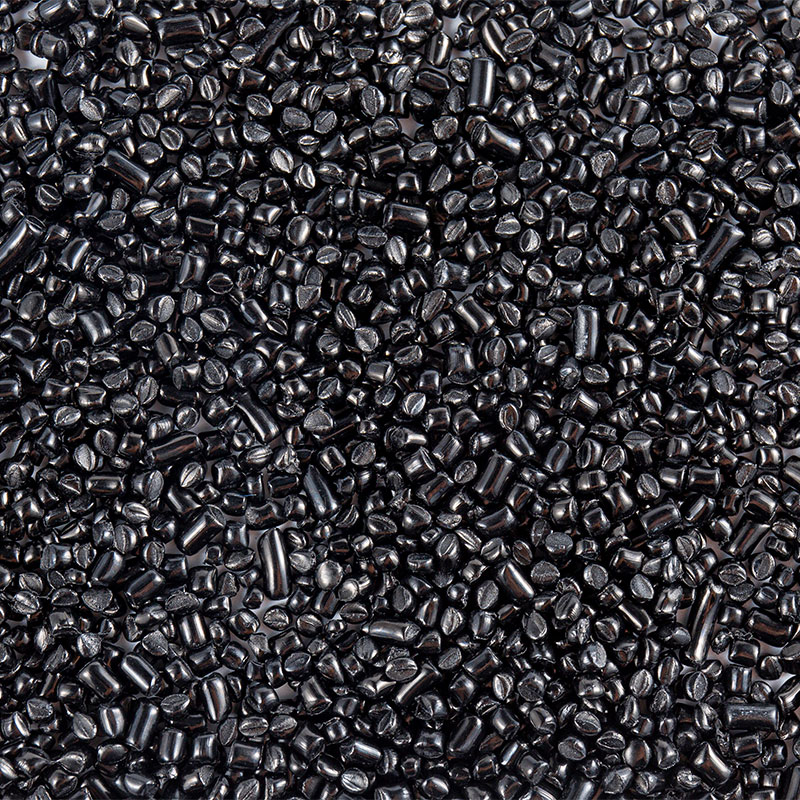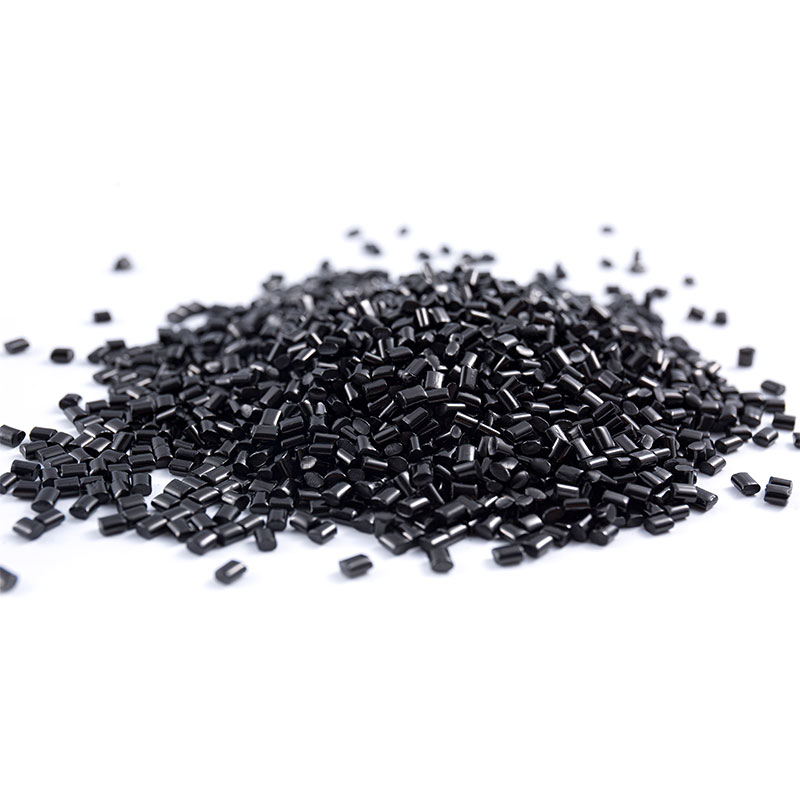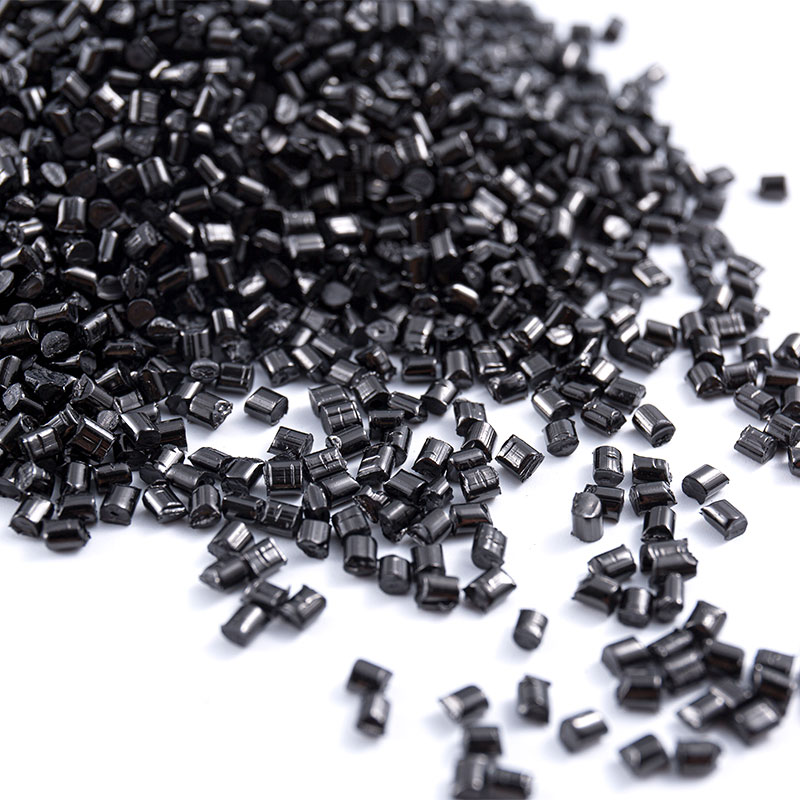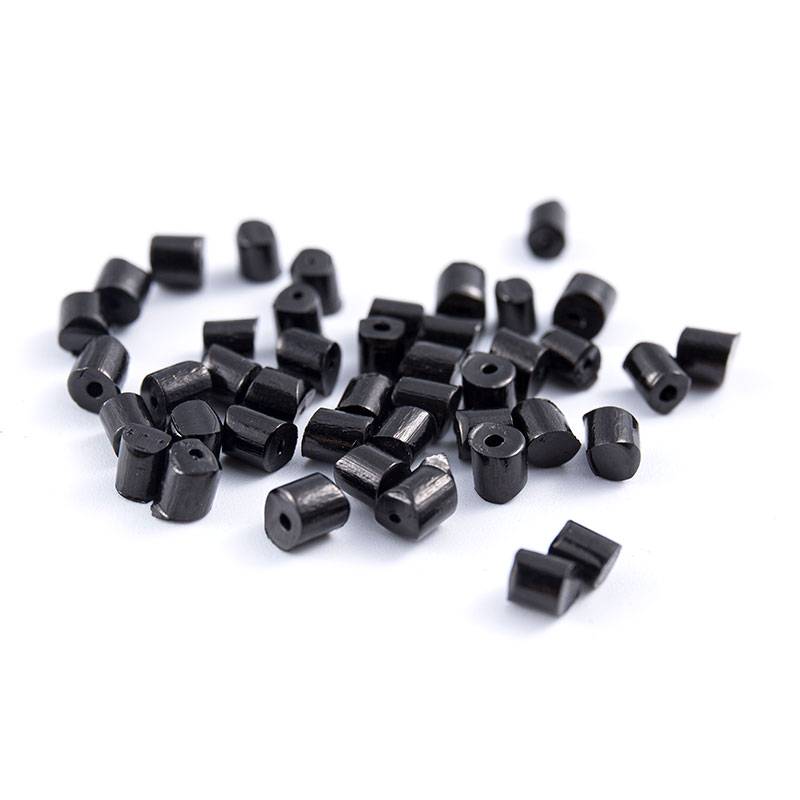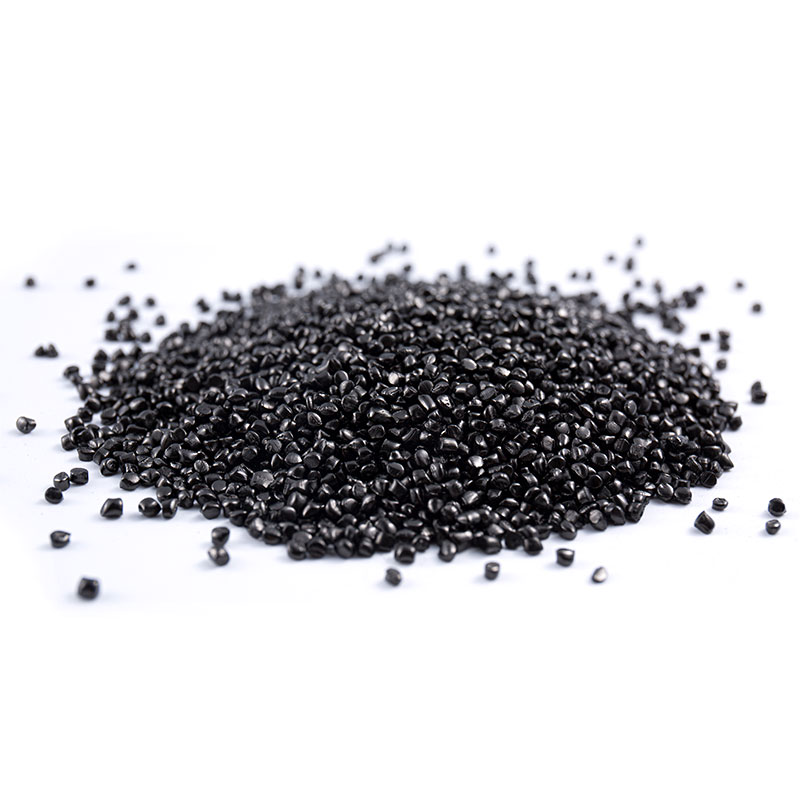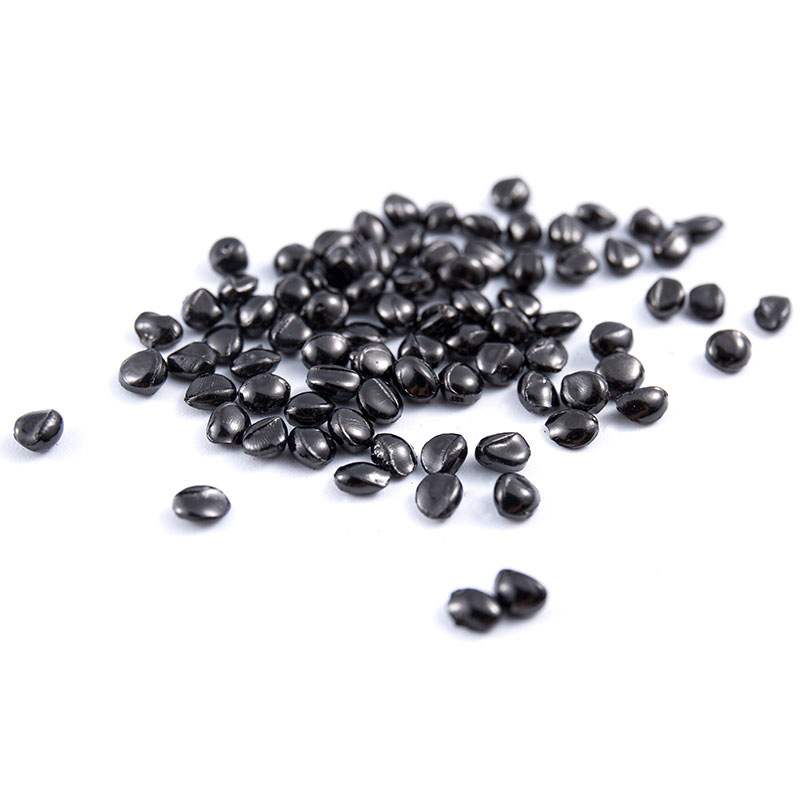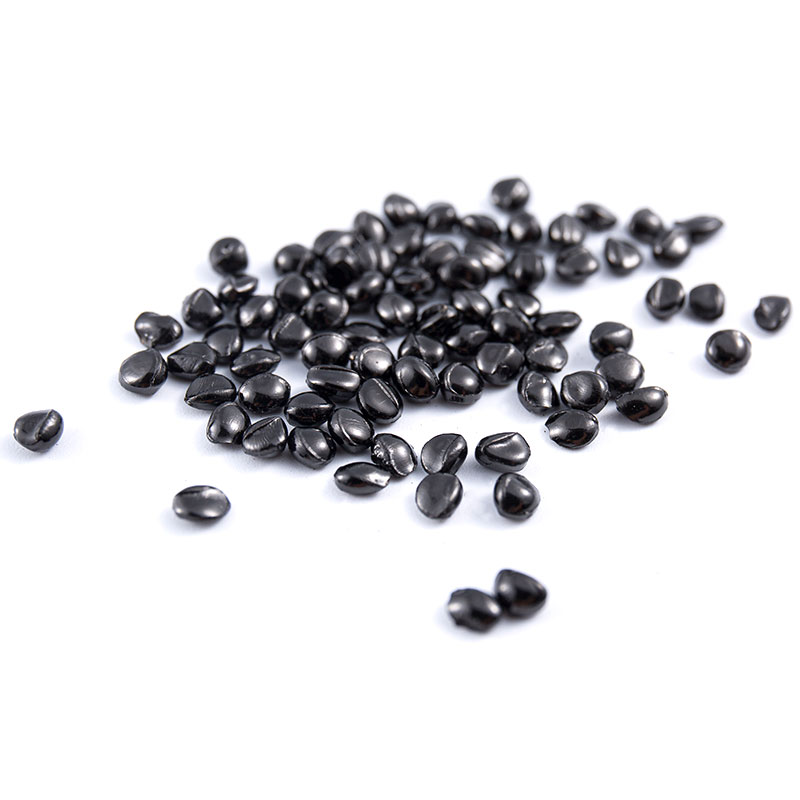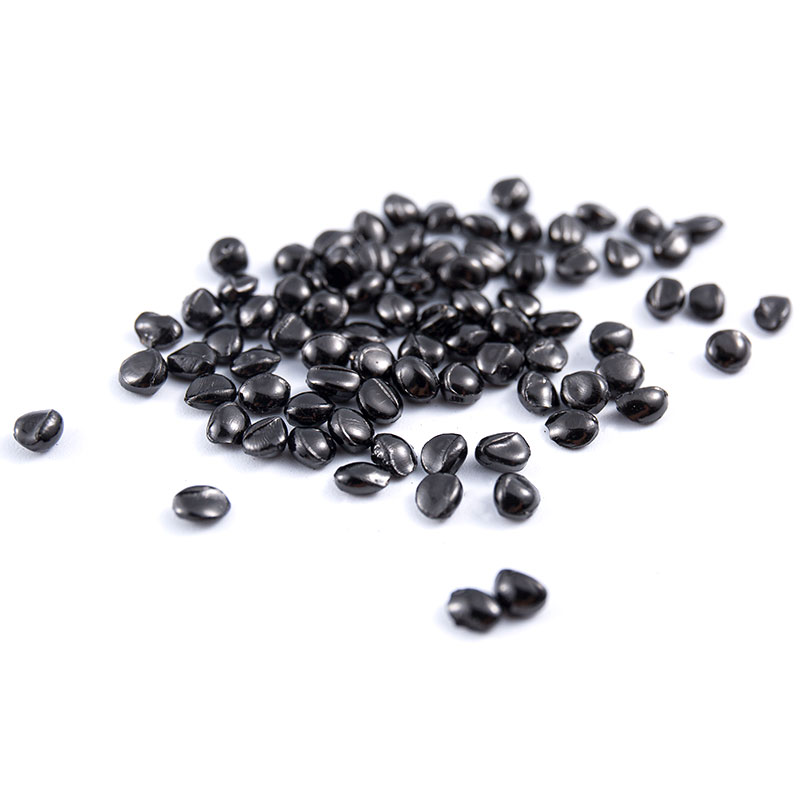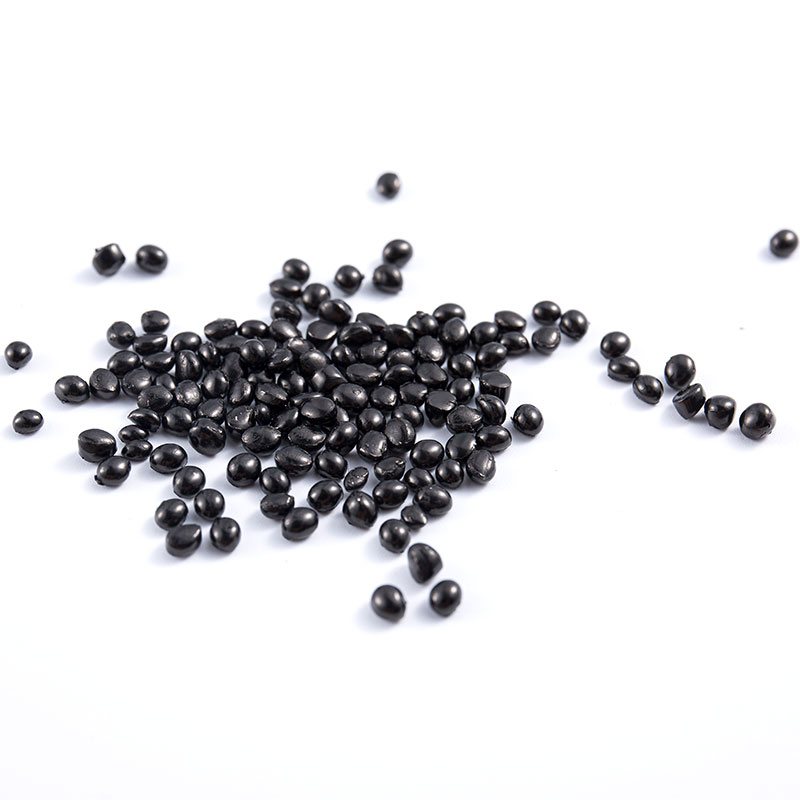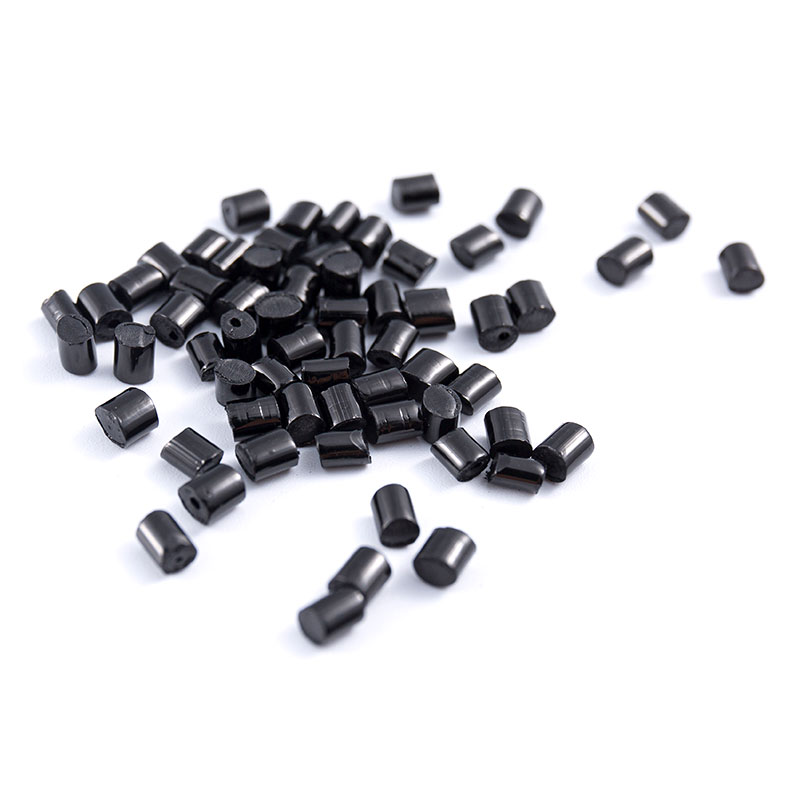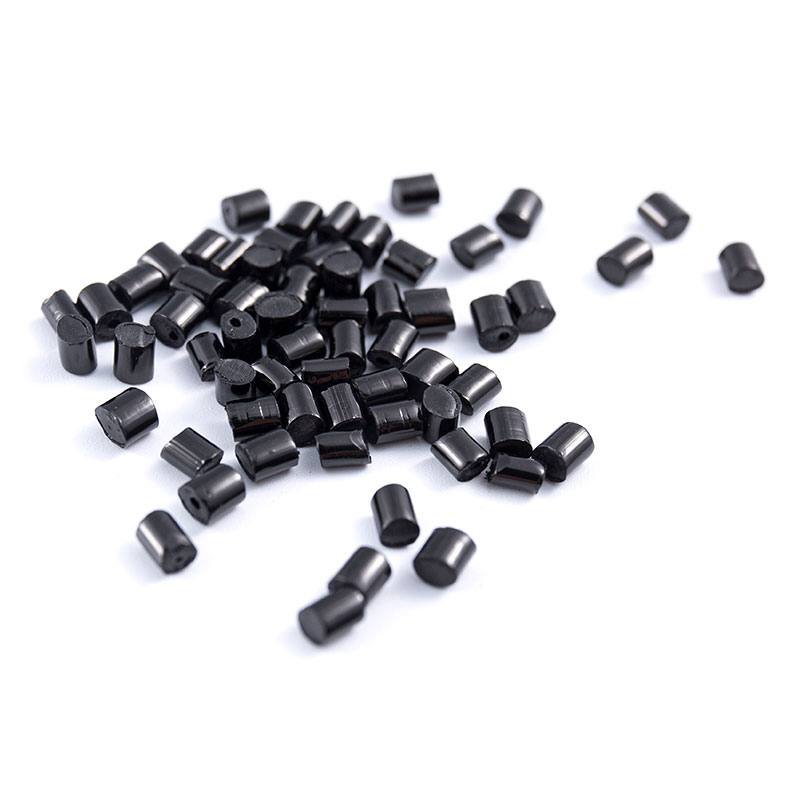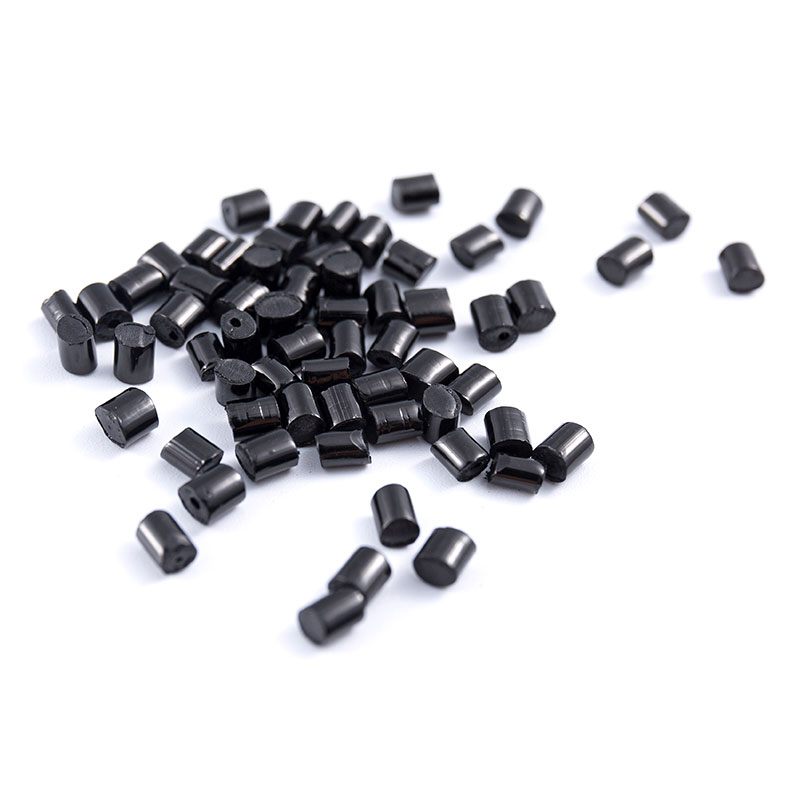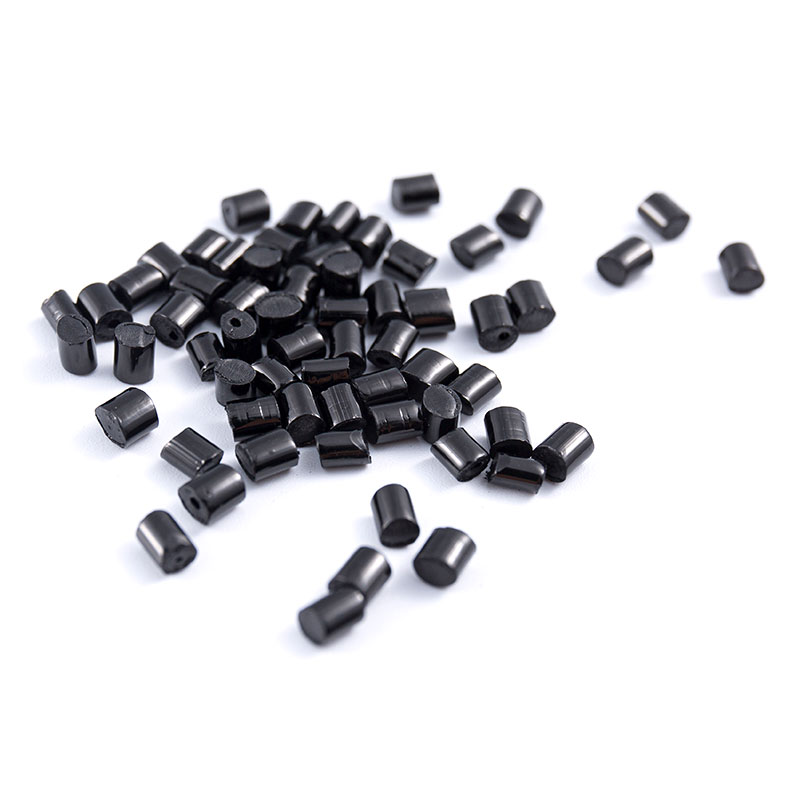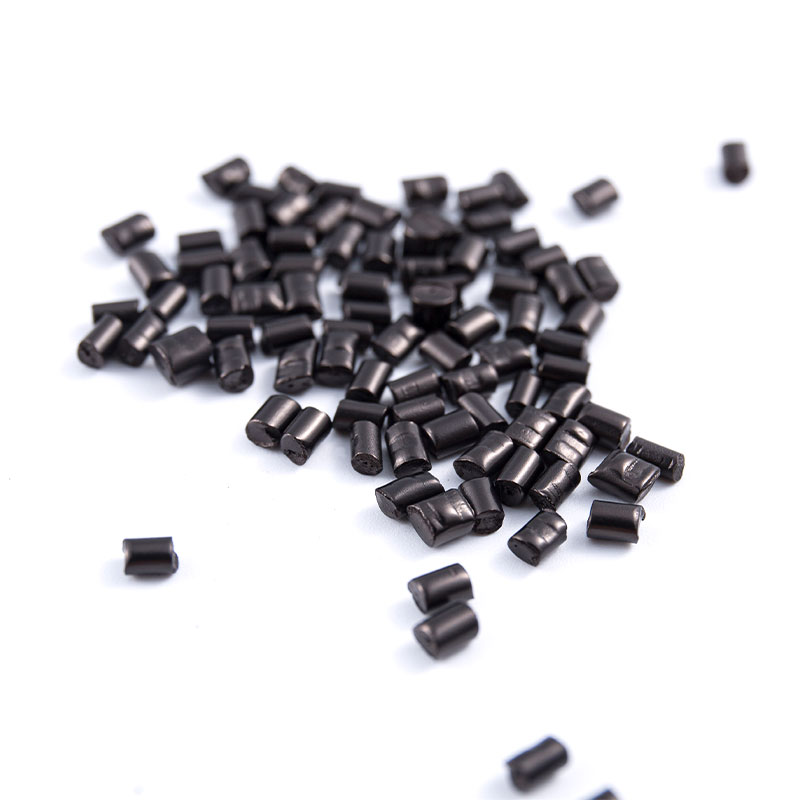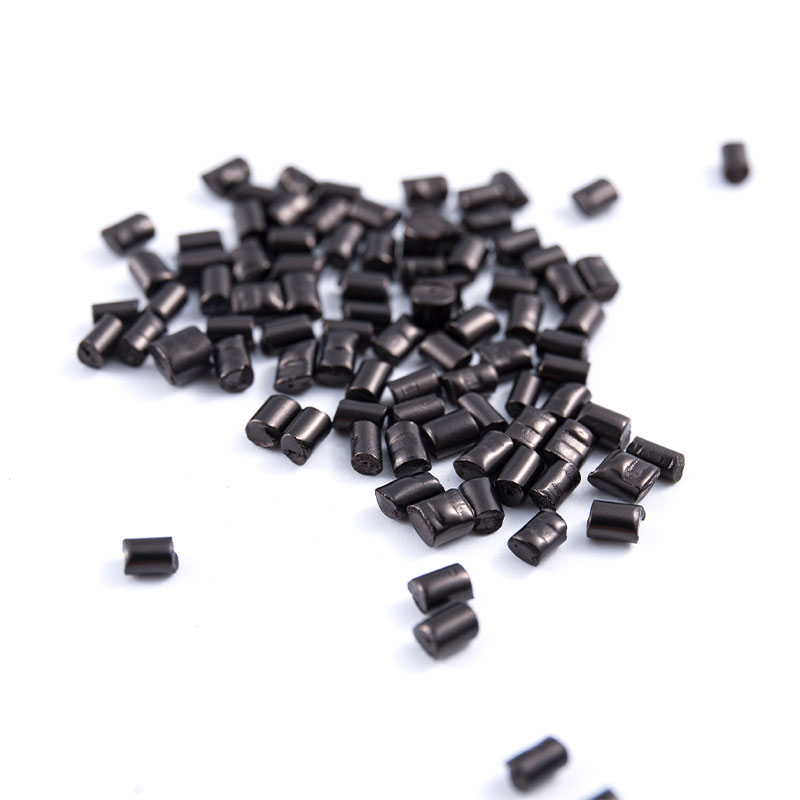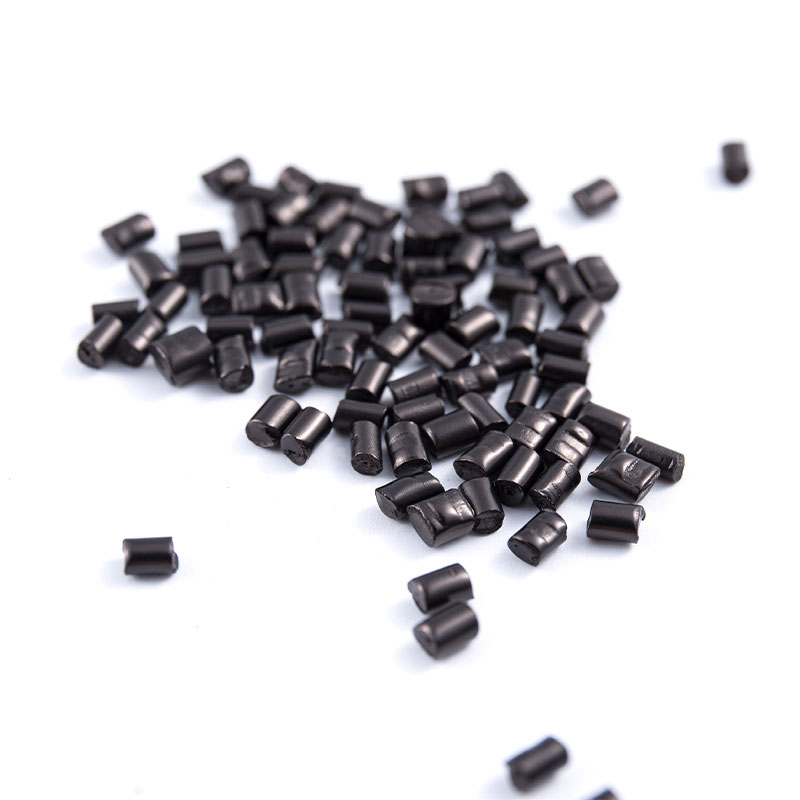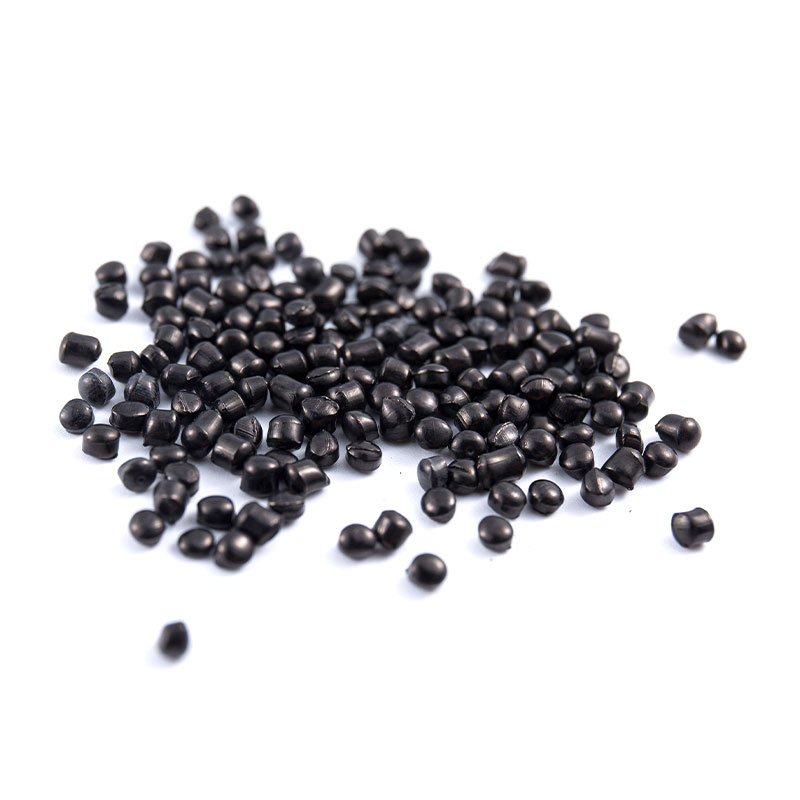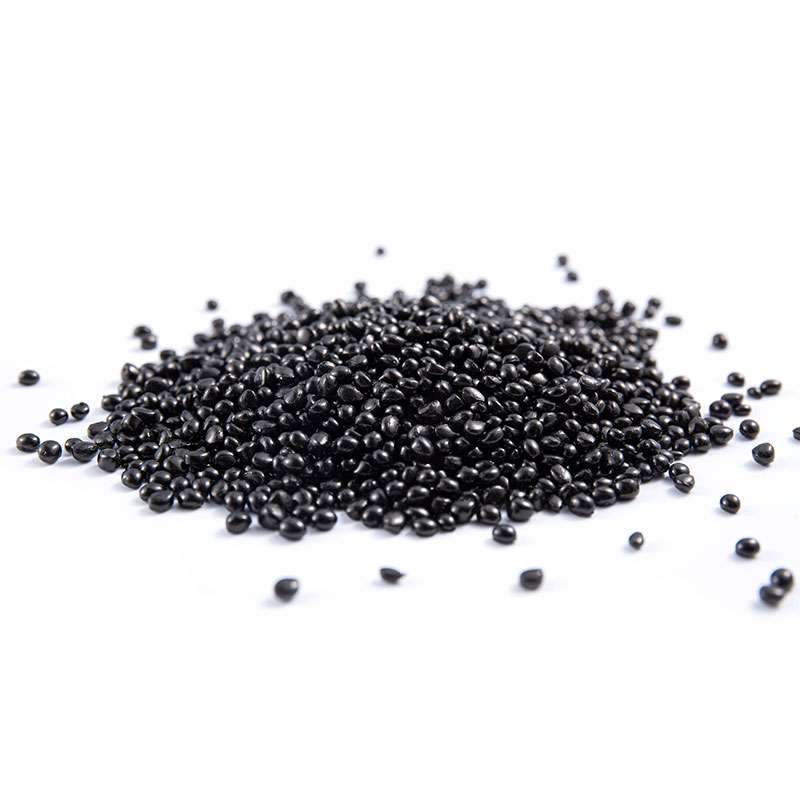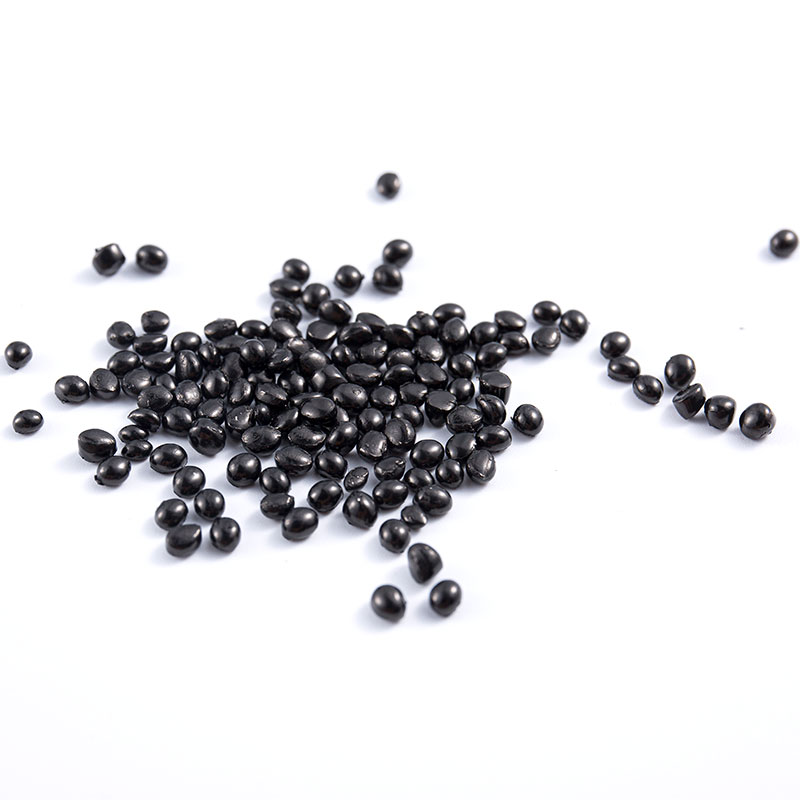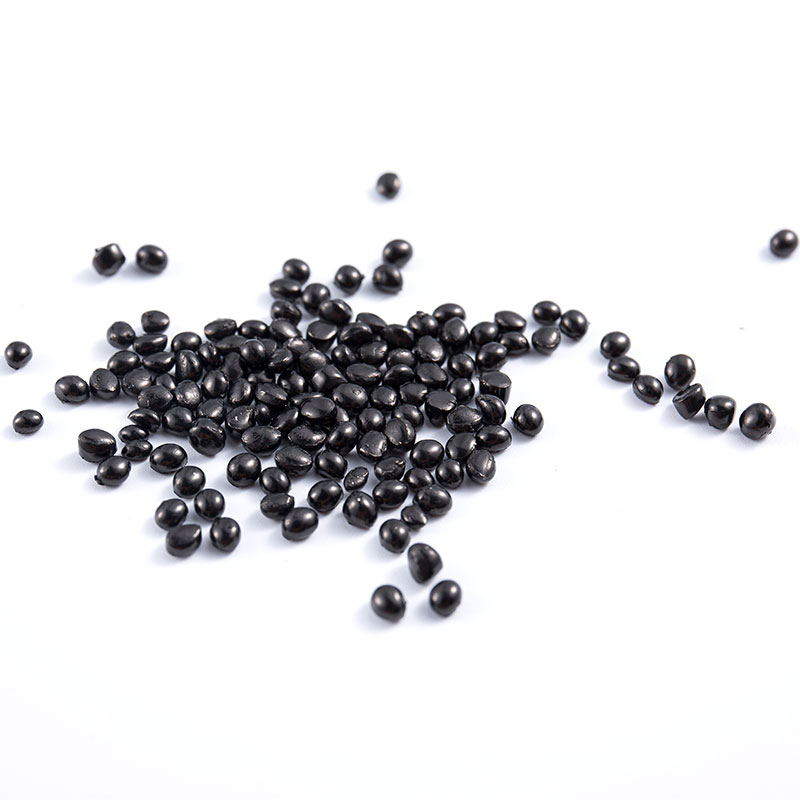Which engineering plastics are suitable for engineering compounding black masterbatch?
Overview of Engineering Compounding Black Masterbatch in Advanced Polymer Applications
Engineering compounding black masterbatch plays a foundational role in the modification of engineering plastics that require controlled coloration, stable dispersion, and predictable processing behavior. As industrial sectors pursue materials with dependable structural and aesthetic performance, the selection of compatible engineering plastics becomes an important step in compounding design. For a manufacturer such as E-LUCK, which focuses on black masterbatch solutions for high-performance polymer applications, the interaction between carbon black, carrier resins, and engineering polymer matrices is continuously evaluated to ensure process stability. Through steady refinement of dispersion technology and a focus on consistency, E-LUCK aligns black masterbatch properties with the requirements of engineering plastics used in automotive components, electronic housings, and functional industrial products.
ABS Engineering Plastic and Its Compatibility with Engineering Compounding Black Masterbatch
Acrylonitrile-butadiene-styrene (ABS) is frequently selected for engineering compounding black masterbatch due to its balanced rigidity, impact strength, and processing stability. The polymer morphology of ABS provides an environment where carbon black can achieve uniform distribution, which contributes to predictable molding flow and surface finish. For clients producing consumer electronic covers or automotive interior components, the compatibility between ABS and black masterbatch allows stable performance even in thin-wall or intricate mold structures. E-LUCK’s steady dispersion characteristics support the needs of ABS processors, particularly those operating in high-volume injection molding environments where color homogeneity is essential. The company’s technical solutions emphasize controlled melt flow behavior that aligns with the sensitive thermal profile of ABS.
Polycarbonate (PC) as a Suitable Engineering Plastic for High-Performance Black Masterbatch Applications
Polycarbonate has a strong position in applications requiring transparency in its natural state, but when used with engineering compounding black masterbatch, the objective shifts toward optimized optical masking and dimensional reliability. The thermal resistance and flow characteristics of PC require a masterbatch design that withstands elevated processing temperatures without degrading. E-LUCK incorporates stable carriers and fine carbon black dispersion that support the mechanical demands of PC components used in lighting equipment housings, automotive structures, and industrial protection devices. Because PC is sensitive to impurities and inconsistent dispersion, the controlled particle distribution developed by E-LUCK helps maintain the structural integrity required for rigorous downstream use.
Polyamide (PA6/PA66) and Its Strong Relevance to Engineering Compounding Black Masterbatch
Polyamide resins, especially PA6 and PA66, are widely used in mechanical components, cable ties, gears, and automotive under-hood parts. Their hygroscopic nature and high processing temperatures mean that any engineering compounding black masterbatch must be thermally stable and compatible with the nylon matrix. E-LUCK’s approach emphasizes consistent melt behavior, allowing carbon black to disperse evenly throughout the polyamide system. This contributes to dimensional stability and surface uniformity, which become essential for products exposed to mechanical stress or fluctuating environmental conditions. Polyamides also benefit from the controlled viscosity profile that E-LUCK integrates into black masterbatch formulations intended for extrusion and molding operations.
PBT Engineering Plastic and Its Application Synergy with Black Masterbatch
Polybutylene terephthalate (PBT) is frequently chosen for automotive connectors, electronic structural parts, and precision components due to its electrical insulation properties and stable molding behavior. When compounded with engineering compounding black masterbatch, the compatibility between PBT and carbon-black-based additives supports strong surface quality and predictable mechanical behavior. E-LUCK provides masterbatches that maintain dispersion at the processing temperatures typical for PBT, assisting manufacturers in achieving balanced rheology and consistent surface appearance. This alignment is valuable for industries requiring stable color depth and material durability for long-term usage.
PP Engineering Grades for Technical Compounding with Black Masterbatch
Although polypropylene is often categorized as a general-purpose plastic, certain engineering-grade PP resins are used in industrial components requiring greater rigidity and heat stability. When these grades are combined with engineering compounding black masterbatch, the objective is to maintain stable flow and uniform color development during extrusion and molding. E-LUCK’s experience in highly filled materials supports the adaptation of PP engineering grades to a wide range of product designs. Controlled distribution of carbon black assists processors in achieving predictable cycle time and product consistency. This becomes important for manufacturers targeting applications such as automotive trim, lightweight panels, and industrial storage systems.
Comparative Characteristics of Suitable Engineering Plastics
To assist manufacturers in selecting appropriate material combinations, the following table summarizes key characteristics of engineering plastics that perform well with engineering compounding black masterbatch:
| Engineering Plastic |
Processing Temperature Range |
Typical Application Areas |
Compatibility Notes |
| ABS |
Medium |
Electronics, automotive interior |
Good dispersion and surface stability |
| PC |
High |
Lighting housings, structural covers |
Requires thermally stable masterbatch |
| PA6/PA66 |
High |
Mechanical parts, automotive under-hood |
Needs controlled viscosity and moisture-resistant design |
| PBT |
Medium-high |
Connectors, electrical components |
Supports balanced flow and surface quality |
| PP Engineering Grade |
Medium |
Trim parts, industrial components |
Stable dispersion for lightweight structures |
Considerations When Selecting Engineering Plastics for Black Masterbatch Compounding
Choosing engineering plastics suitable for engineering compounding black masterbatch involves evaluating thermal resistance, mechanical requirements, and processing flow behavior. Manufacturers also need to ensure long-term color stability, environmental resistance, and dimensional consistency. E-LUCK’s approach integrates these considerations into its material development process, supporting downstream industries that rely on dependable black coloration and stable resin performance. By continually refining carbon black dispersion and monitoring compatibility across engineering polymer families, the company aligns its materials with real-world production requirements. This approach supports consistent output in advanced molding and extrusion applications.
Which processing techniques are suitable for plastic masterbatch?
Processing Requirements for Plastic Masterbatch in Modern Polymer Manufacturing
The selection of processing techniques for plastic masterbatch directly influences dispersion quality, thermal stability, and overall material performance in downstream applications. As industries continue to expand into more complex polymer engineering scenarios, the demand for stable, predictable, and highly consistent masterbatch formulations has increased. Companies such as E-LUCK, which focus on black masterbatch solutions for diverse industrial sectors, evaluate processing technologies not only based on output efficiency but also on how well these methods support uniform carbon black distribution and melt compatibility. With experience spanning pipes, fittings, automotive parts, consumer electronics, and film processing, E-LUCK integrates material intelligence and advanced dispersion strategies into the design of masterbatch suitable for multiple manufacturing techniques. This approach allows processors to maintain production stability across a variety of plastic products.
Twin-Screw Compounding as a Foundational Technique for Plastic Masterbatch Production
Twin-screw extrusion is widely recognized as one of the most effective processing methods for plastic masterbatch due to its ability to generate stable shear, controlled mixing, and optimized temperature profiles. When producing plastic masterbatch that requires fine dispersion of pigments or conductive materials, the intermeshing screws offer reliable distributive and dispersive mixing. E-LUCK utilizes highly controlled screw configurations to ensure carbon black is evenly broken down and distributed throughout the carrier polymer. This supports product consistency in injection molding, extrusion, and film blowing applications. The method is especially suited for high-performance masterbatches that must meet strict mechanical and visual criteria across different industrial sectors.
Single-Screw Extrusion for Stable and Cost-Effective Plastic Masterbatch Processing
Single-screw extrusion remains a dependable method for certain categories of plastic masterbatch, particularly those requiring straightforward mixing with relatively low shear sensitivity. While it does not provide the same level of intensive mixing achieved in twin-screw systems, it offers steady melt conveyance that benefits masterbatch carriers with less demanding dispersion requirements. In industries where E-LUCK supplies materials for packaging films or utility-grade plastic components, single-screw systems support predictable throughput and controlled melt behavior. This processing technique aligns well with masterbatch grades designed for general applications where stable color intensity and basic material compatibility are sufficient for production needs. For many processors, the balance between cost efficiency and consistent quality makes single-screw extrusion a practical choice.
Injection Molding as a Downstream Technique Compatible with Plastic Masterbatch
Although injection molding is generally considered a downstream manufacturing process rather than a compounding method, its compatibility with plastic masterbatch is an important factor when selecting masterbatch properties. Plastic masterbatch introduced during injection molding must exhibit predictable melting, flow behavior, and color distribution. E-LUCK evaluates its masterbatch formulations to ensure they disperse well under the short residence times typical of injection molding cycles. This approach helps maintain structural reliability and surface consistency for electronic housings, automotive interior components, and functional industrial parts. The behavior of masterbatch in injection molding environments forms a key consideration during compounding design.
Film Blowing and Its Integration with Plastic Masterbatch Performance Requirements
Film blowing imposes strict requirements on plastic masterbatch due to thin-gauge processing and demanding melt uniformity. Masterbatch that enters a film blowing system must disperse evenly without generating visible specks or flow irregularities. E-LUCK designs film-grade black masterbatches that support controlled melt strength and stable cooling behavior, allowing processors to maintain smooth film surfaces and dependable mechanical properties. Film blowing applications include packaging films, protective sheets, and multi-layer structures where uniform coloration and consistent thickness are essential. This technique highlights the importance of predictable rheology in plastic masterbatch design.
Comparative Overview of Suitable Processing Techniques
The following table summarizes the suitability of major plastic masterbatch processing techniques:
| Processing Technique |
Mixing Intensity |
Typical Advantages |
Suitable Application Types |
| Twin-screw extrusion |
High |
Strong dispersive and distributive mixing |
Engineering-grade masterbatch, high-performance applications |
| Single-screw extrusion |
Medium |
Steady throughput, cost efficiency |
General-purpose masterbatch for film and molding |
| Injection molding (downstream) |
N/A |
Efficient product shaping |
Components requiring consistent coloration |
| Film blowing (downstream) |
N/A |
Uniform thin-film performance |
Packaging, protective film applications |
Key Considerations When Matching Plastic Masterbatch with Processing Techniques
Selecting the appropriate processing technique for plastic masterbatch involves evaluating shear requirements, thermal sensitivity, pigment type, and end-use application. Manufacturers such as E-LUCK consider how each processing method affects dispersion stability and melt performance, enabling the development of masterbatch that integrates smoothly into diverse production environments. By combining material intelligence with advanced compounding control, the company supports processors seeking predictable color uniformity and mechanical stability across a range of polymer conversion technologies. This ensures that plastic masterbatch remains compatible with both high-performance engineering applications and high-throughput manufacturing systems.

 English
English Español
Español

